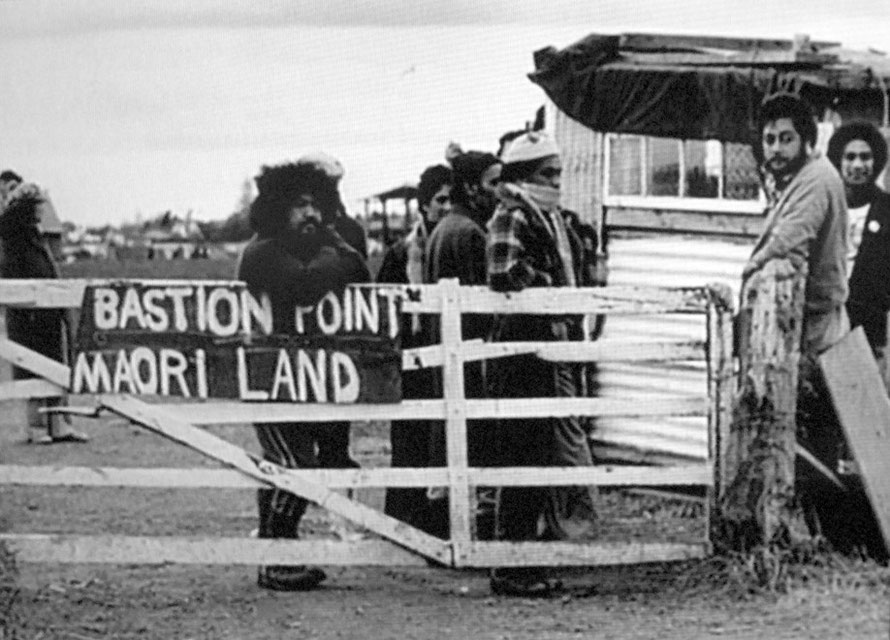I. Maori: the Travails of the Ngai Tahu (9 pages)

These six pages look at the travails of the Ngai Tahu iwi (tribe/nation) in the South Island from the arrival ofthe first settlers in Otago through the Treaty of Waitangi and the Arahura Deed to the settlement that was finally won through the Waitangi Tribunal in the 21st century.
Maori and Settlers: the Otago Peninsula
Maori Social Investment: the Ngai Tahu example
There are a couple of other pages - some photos of Maori artefacts at the Otago Museum in Dunedin and photos of an exhibition of five Maori painters at the Auckland Gallery in March 2014.
I'll be adding more.


